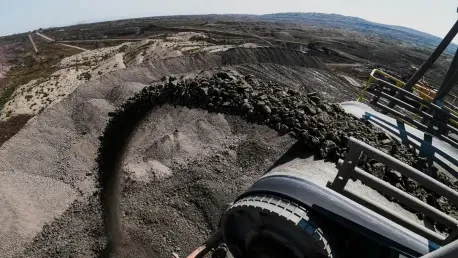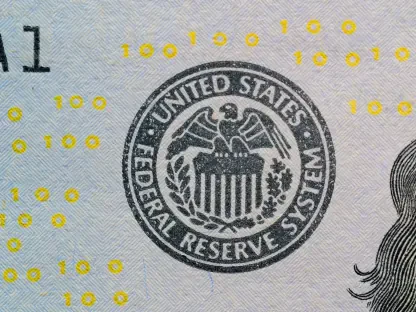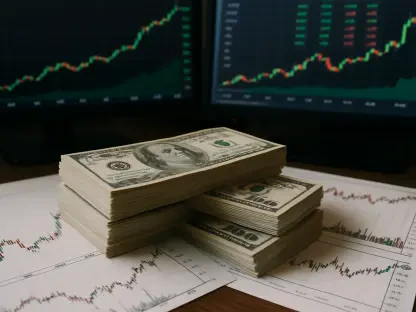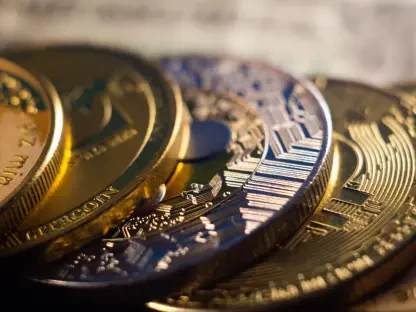Rare earth metals are playing a pivotal role in the field of artificial intelligence (AI), serving as indispensable elements in the development and operation of AI technology. With metals like cobalt, lithium, copper, nickel, and aluminum critical to the functionality of semiconductors and data center technology, the demand for these materials has surged alongside the AI boom. This increase in demand highlights a complex market dynamic that could impact technological and economic stability due to price fluctuations.
China’s dominant position in the global market for these essential minerals has broad implications. Controlling a significant portion of the market across various refined minerals, China wields considerable strategic and geopolitical influence. This dominance allows China to potentially impact global supply chains, as seen during previous geopolitical tensions, including the context of tariffs imposed by the United States.
The United States is particularly vulnerable to supply disruptions, given its limited capacity for heavy rare earth separation. To respond to these vulnerabilities, other countries are stepping up, with nations like Chile, the Democratic Republic of the Congo, and Guinea expanding their roles in the trade of these critical minerals. Guinea, for example, has significantly increased its aluminum exports over the past 15 years, signaling the potential for more diversified mineral sources.
Analysts project a significant increase in demand for rare earth metals, expecting a 500% rise in the need for minerals like copper, lithium, and nickel over the next 25 years. This could elevate their market value, surpassing traditional energy sources like oil and gas. Such expectations underscore the urgency for strategic planning and investment to navigate rising prices and ensure stable supply chains.
This scenario presents both challenges and opportunities. Countries have the potential to diversify and strengthen global supply chains, reducing reliance on China’s dominance. By aligning market expectations with economic investments, countries can avoid potential disruptions and secure technological advances. The narrative captures the complexities of these developments, urging a strategic global approach to managing the vital rare earth metals market.









